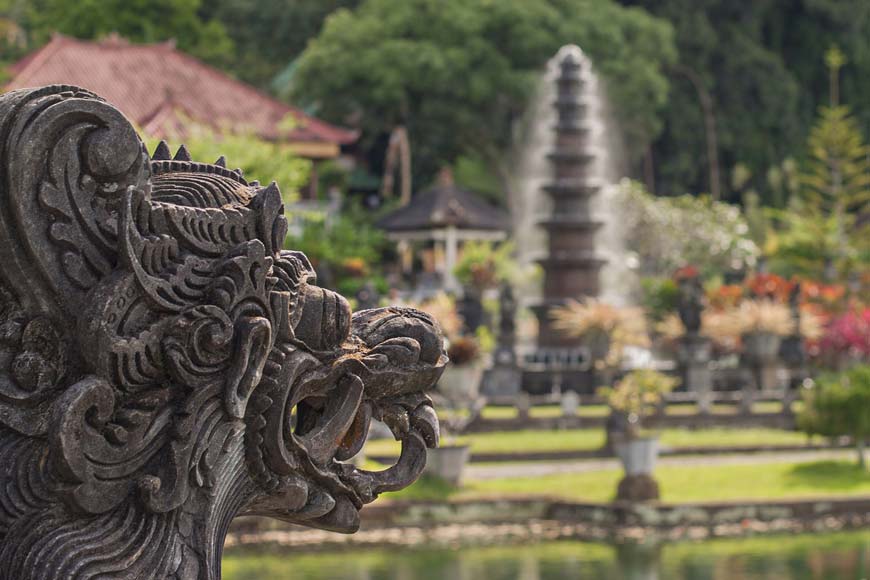We know that Bali is a popular tourism destination, and that marketing of Bali tourism online is becoming a booming industry that’s shown steady growth for years. When getting into the Bali tourism market, you may not need to take the generalized approach to Bali tourism marketing; instead you can use a good website design and an unique brand or image.
Recent research has indicated that there are five major markets for tourism in Bali. There may be some crossover between these markets, of course, so the smart marketer will notice the harmonious activities that tie more than one tourism form together. Businesses looking to attract tourist trade may want to specialize in catering to one of these unique tastes:
#1. Eco-tourism. Bali has a fascinating and colourful array of flora and fauna on both land and the surrounding sea. On the coast, visitors love to spot the peaceful rays, dolphins, and tropical fish. While families love cavorting with the playful and tame monkeys of the Ubud temple. But don’t forget scientists, biologists, geologists, and those who follow the National Geographic mindset, too. And just when you think you’ve seen everything, you remember the volcanoes. Tourists are fascinated by visiting those as well.
For marketing to the eco-tourist, be sure to emphasize how green and eco-friendly your business is. Maybe have a zoologist or botanist on staff to showcase the natural wonder of Bali. Focus on the youth market here as much as possible, as college age students tend to be the most interested in eco-tourism, particularly if they’re getting a life-science or earth-science related degree.
#2. Sports tourism. These are the extreme sports practitioners, who are there to surf, dive, hike, and camp. Bali is a natural playground for these types. The region enjoys some of the most famous world-class sporting spots in the world, from challenging to relaxing.
For the recreational sports fans Bali offers guided diving and hiking tours, campgrounds, and sports equipment rentals. There’s no end to the possible activities – mountain biking through the jungle trails, wind-surfing, sailing, diving, swimming, hiking, backpacking, and even more.
#3. Cultural tourism. This section attracts people of all ages and walks of life. They’re the people who came to experience Bali’s many exotic artistic wonders of dance, art, performance, and architecture. Temple tours will be big on this list – a package tour that packs in as many temples as possible in a reasonably short time will be popular with those who want a whole round trip.
For culture tourism, have a historic expert on hand to explain the details about Bali’s religious and creative landscape. These will also usually be the people who can’t resist buying a souvenir, so you’d best include a gift shop stop on your tour.
#4. Historic tourism. These are the scholars and bookworms of the tourist set. They’re here to see not just the Hindu temples, but the Islamic mosques and the colonial architecture too. They’re a smaller market, but worth catering to because they’re also usually upper class. For the historic tourist, offer guided tours of historic points along Bali. Make your itinerary varied, or offer specialized tours for individual interests. Be sure to get your facts straight or hire a local expert for this market.
#5. Gourmet tourism. These are the rare breed and upper class, here to sample Bali’s exotic food culture. Quite a bit of it will emphasize seafood, since it’s such a Bali staple. Of course, your focus on gourmet tourists should be a round trip of meal events, plus a visit to markets and agricultural sites. Perhaps you can also include a villa dedicated to having chefs and porters on staff to serve banquets sampling all the exotic flavours of Bali.
In any case, arranging tours of the finer restaurants should be no problem. Feel free to make your charges on pricey side, since tourists of the gourmet sort tend to be older and very well-heeled.

